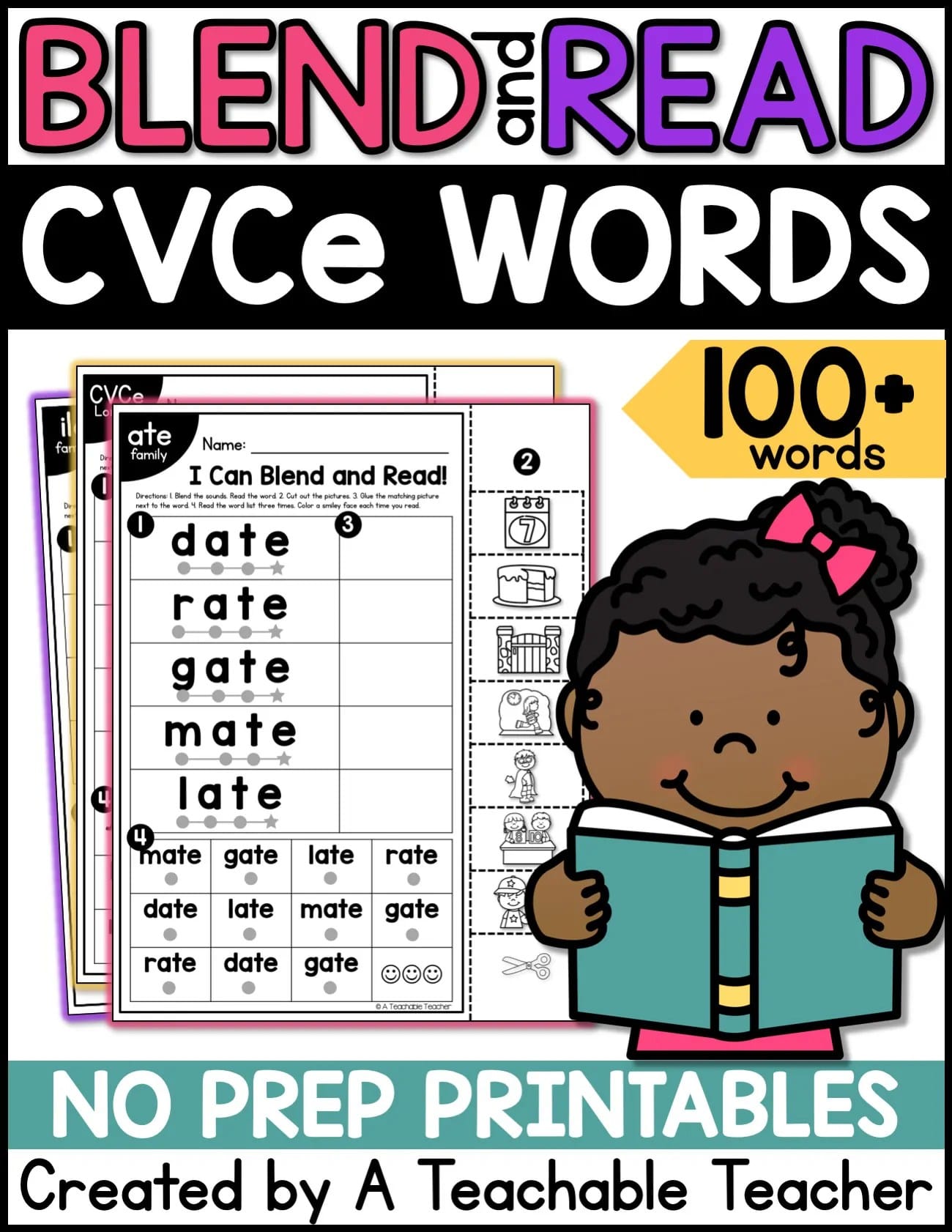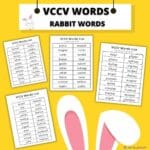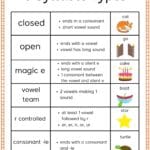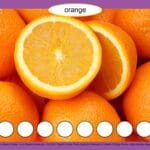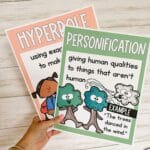This comprehensive guide dives into the world of CVCe words—those “magic e” words—and provides teachers and parents with effective strategies and resources to help young learners unlock their reading superpowers. We’ll explore what CVCe words are, why they’re crucial for reading development, and how to make learning them an engaging adventure.
Decoding the Magic of CVCe Words
CVCe words, following the consonant-vowel-consonant-silent e pattern (like “cake,” “hope,” or “mule”), are fundamental building blocks in early literacy. That seemingly silent ‘e’ plays a powerful role, transforming the short vowel sound into its long counterpart. This “magic e” is the key to unlocking a deeper understanding of phonics and paving the way for fluent reading.
Why CVCe Words Matter
CVCe words are more than just vocabulary builders. They’re essential for:
- Building Phonics Skills: CVCe words help children grasp the relationship between letters and sounds, strengthening their phonemic awareness. This understanding is crucial for decoding new words and improving reading comprehension.
- Mastering Long Vowel Sounds: The magic ‘e’ introduces the concept of long vowels, expanding children’s understanding of how different letter combinations create various sounds. This is a significant step in their phonetic development.
- Decoding Complex Words: A solid grasp of CVCe words equips children with the skills to tackle more challenging words, boosting their reading confidence and fluency. They begin to see patterns, making it easier to decode unfamiliar words.
Fun and Engaging Activities for Teaching CVCe Words
Learning CVCe words doesn’t have to be dull! Here are some interactive and enjoyable activities:
- The Magic ‘e’ Game: Present an incomplete word (e.g., “cap_”) and have students guess the magic letter to complete the CVCe word (e.g., “cape”). This playful approach encourages phonetic awareness and word prediction.
- Magic E Wand: Attach a large ‘e’ to a stick or pointer. Children “transform” CVC words into CVCe words by touching the wand to the word. This kinesthetic activity reinforces the silent ‘e’s impact.
- Word Families: Group CVCe words with the same long vowel sound (e.g., bake, cake, lake, make). This helps children recognize patterns and connect spellings to sounds, expanding their vocabulary and reinforcing spelling patterns.
- Online Adventures: Explore interactive online games and apps designed for CVCe practice. Gamified learning keeps children motivated and engaged, providing targeted practice in a fun format. For a comprehensive practice, check out our elapsed time worksheets and factoring quadratics worksheets.
Resources for CVCe Word Masters
A wealth of resources can support CVCe word instruction:
- Free Printable CVCe Word Lists: Downloadable PDFs categorized by long vowel sounds offer readily available practice materials.
- Printable Worksheets: A variety of worksheets cater to different learning styles and skill levels, providing structured practice in identifying, writing, and using CVCe words in sentences.
- Interactive Games and Apps: Online platforms offer engaging games for CVCe practice, making learning fun and interactive.
- Anchor Charts: Create visual aids displaying CVCe words and the silent e rule. These charts serve as constant reminders and reinforce the CVCe pattern.
CVCe Word Examples and Their Significance
Let’s delve deeper into specific examples. Remember, the silent ‘e’ transforms the short vowel sound into a long vowel sound.
| CVCe Word | Long Vowel Sound | Example Sentence |
|---|---|---|
| bake | long ‘a’ | I will bake a cake. |
| dine | long ‘i’ | We will dine at six. |
| hope | long ‘o’ | I hope it doesn’t rain. |
| tune | long ‘u’ | Can you tune the piano? |
| kite | long ‘i’ | The kite flew high in the sky. |
These examples illustrate the silent ‘e’s influence. Research suggests that focusing on these patterns can significantly boost a child’s reading fluency, enabling smoother reading and better comprehension. However, research on reading acquisition is ongoing, and our understanding of this complex process continues to evolve. While CVCe words are crucial for early literacy, they represent one piece of the larger phonics puzzle. Other important elements include consonant blends, digraphs, and diphthongs.
Understanding CVCe Words in Phonics
Within the broader context of phonics, CVCe words hold a special place. They exemplify how letters interact to create specific sounds, laying the groundwork for decoding skills. Mastering these words empowers children to decipher new words and improves spelling abilities.
While some experts believe that mastering CVCe words is crucial for developing strong decoding skills, others suggest a more balanced approach incorporating various phonics patterns. The most effective approach may vary depending on the individual learner.
Strategies for Teaching CVCe Words
Here’s a step-by-step approach to teaching CVCe words:
Step 1: Introduce the Concept: Explain the magic ‘e’ and its role in transforming short vowel sounds into long vowel sounds. Use clear examples like “cap” vs. “cape.”
Step 2: Sound it Out: Practice pronouncing CVCe words, emphasizing the long vowel sound. Colorful flashcards and varied writing colors can enhance engagement.
Step 3: Focus on the Silent ‘e’: Reinforce the silent nature of the ‘e’ while highlighting its importance. Games and visual aids can be effective tools.
Step 4: Word Building: Hands-on activities with letter tiles or magnetic letters allow children to manipulate letters and observe how changes affect sounds.
Step 5: Decodable Texts: Introduce texts rich in CVCe words to provide context and application of learned skills.
Step 6: Make it Fun: Incorporate games, songs, and interactive activities to maintain motivation and enjoyment.
| CVCe Pattern | Example Words |
|---|---|
| _a_e | cake, make, late, gate |
| _i_e | bite, kite, fine, line |
| _o_e | hope, rope, note, bone |
| _u_e | cube, tube, cute, mute |
| _e_e | these, theme, scene |
Remember, every child learns differently, and patience and encouragement are vital. While this guide provides a foundational approach, flexibility and adaptation to individual needs are key. The ultimate goal is to equip children with the tools to become confident and successful readers, fostering a lifelong love of literacy.
- China II Review: Delicious Food & Speedy Service - April 17, 2025
- Understand Virginia’s Flag: History & Debate - April 17, 2025
- Explore Long Island’s Map: Unique Regions & Insights - April 17, 2025
